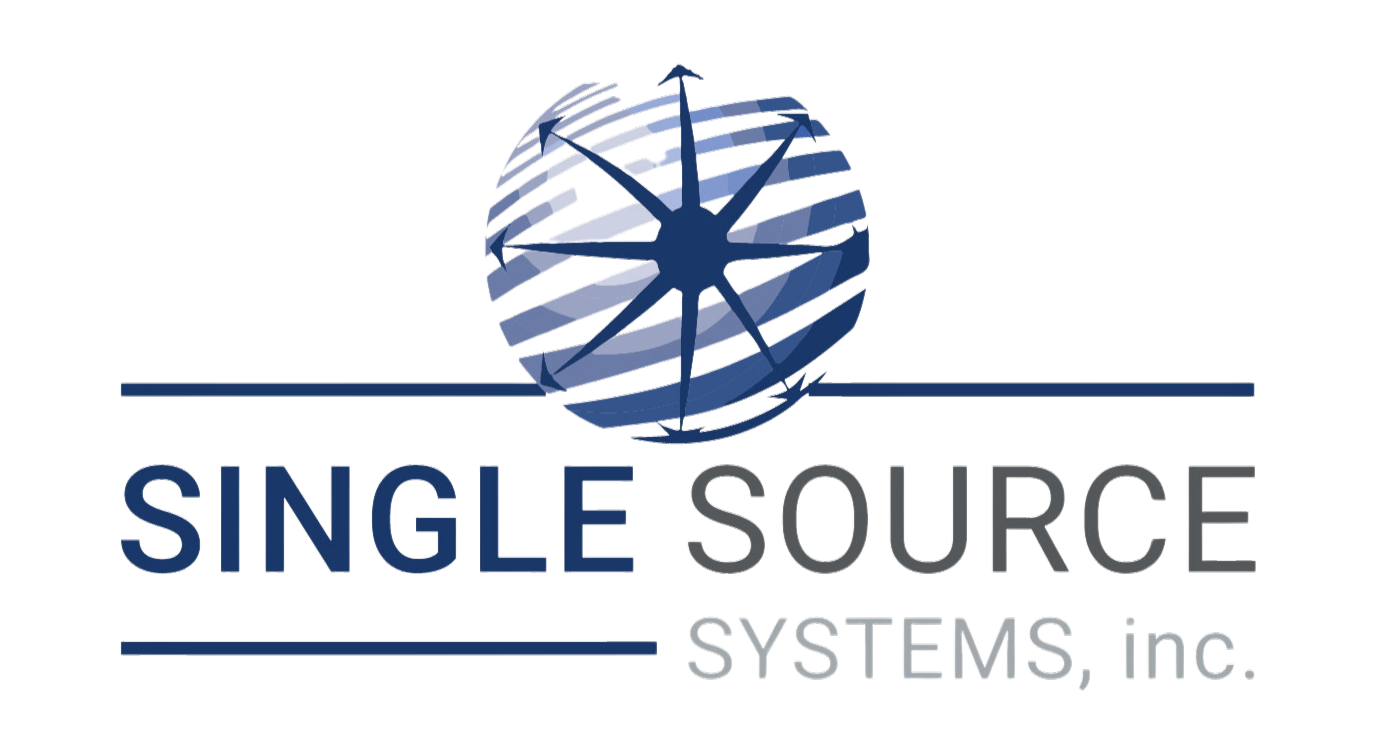Understanding Production Efficiency
Production efficiency enables manufacturing companies to produce desired units of output utilizing resources, optimally as well as lower the production cost. It is measured to determine the overall equipment effectiveness (OEE), capacity utilization, cycle time, and more. Production efficiency calculation allows manufacturers to identify gaps and determine areas of improvement. Production efficiency involves producing maximum output with reduced costs while maintaining the product’s quality.
Productivity and efficiency are used interchangeably but are not the same. Productivity is producing maximum units. On the other hand, efficiency is producing maximum units while utilizing resources optimally.
Ways To Improve Production Efficiency In Manufacturing
Manufacturing companies can improve production efficiency by following these effective strategies.
Improve Production Workflows
Evaluating capacity utilization will help identify which production line is producing the maximum units. Identify the areas of improvement for the production line producing units below defined targets. Set up a standard process to improve and streamline the production workflow. This will encourage consistency and help in enhancing production efficiency.
Address Bottlenecks
Bottlenecks can include lack of sufficient capacity (machines) machine breakdown and manual errors. A technician’s slow response time can directly affect production efficiency. Manufacturers must address the bottlenecks and find a resolution to eliminate them. If not addressed, it slows down production and increases production costs.
Implement Technology
Investing in automation and advanced technology can help manufacturers to scale effectively. Manufacturers must implement advanced technology to maximize output and minimize manual errors. It helps in improving work efficiency on the floor and boosts productivity. Additionally, manufacturing companies can track and manage production processes efficiently by implementing ERP systems like Acumatica.
Train Employees
Manufacturing companies must organize regular training programs for their employees. A trained workforce always contributes to efficiency. A trained employee might be able to anticipate machine failure. Upskill employees and make them adaptable to new technologies and tools. This will result in higher productivity and increased overall efficiency.
Ensure Quality Control
Production efficiency does not only mean producing maximum units with optimized costs; it also includes producing high-quality products. Quality control plays a pivotal role at every production stage. Perform quality control checks throughout the production process to ensure the product meets specifications. Manufacturers must ensure that the final goods meet the desired quality before they are shipped to the customers.
Minimize Wastage
Waste includes unnecessary labor costs, inefficient material use, and rejected materials. It is crucial to identify and minimize the waste to enhance production efficiency. Implementing lean manufacturing principles like just-in-time (JIT) and continuous improvement strategies helps in reducing waste. Moreover, manufacturers must leverage advanced software solutions like Acumatica ERP. It allows them to monitor operations in real-time and improves overall production efficiency.
Conclusion
Production efficiency is crucial for manufacturing companies aiming to stay competitive in a today’s market. By implementing these six strategies to improve production efficiency, manufacturers can optimize processes, reduce costs, and improve productivity and efficiency. Leverage Acumatica ERP with integrated Acumatica’s quality management system to meet your business goals, ensuring the product meets quality standards.






































